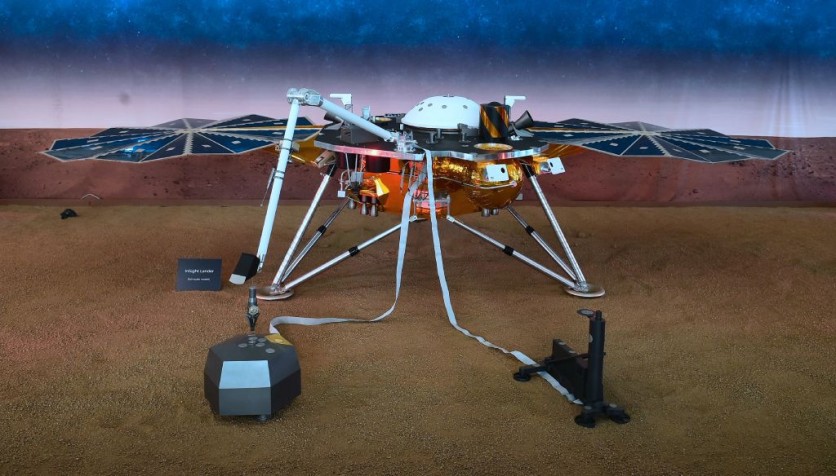NASA's InSight Mars is expecting dusty solar panels and darker skies ahead that will finally halt the Mars lander mission around the end of this year.

The Dust has Settled In
The InSight (short for Interior Exploration using Seismic Investigations, Geodesy and Heat Transport) continues to seek for Marsquakes even though it is already losing power. NASA revealed on Tuesday that they will be ending its science operations later this summer and that by December, Insight's team expects that the lander will have become inoperative.
InSight will conclude its mission with more than 1,300 marsquakes, including a recent super quake with a magnitude 5 that took place on May 4, which also located in quake-prone regions along with the planet.
This mission is heavily dependent on solar power to continue its operation, which ultimately became its limiting factor since dust was choking off sunlight. NASA has already noted several months ago that the InSight Mars lander is likely to end by mid-year of 2022.
Due to its significant science value, the mission was still extended. However, its weight and power concerns deterred the lander from carrying out a supplemental system to brush off dust, like motors or brushes.
Even though engineers were able to remove some dust from a solar panel in 2021 through drizzling sand on the spacecraft and letting the wind blow it to clear off the dust. But with no great gust of wind nearby, dust has settled in the lander.
Darker Skies Ahead
When the Mars lander set foot on the Red Planet last Nov. 26, 2018, it was equipped with solar panels that generated around 5,000 watt-hours each Martian day, which can power an electric oven for at least an hour and 40 minutes. But over time, it has produced roughly 500 watt-hours of power per sol, if it's an oven it can only last for 10 minutes.
Seasonal changes are also settling in Elysium Planitia, Insight's location on the planet. NASA expects for darker skies ahead with more dust in the air choking off sunlight - ultimately cutting down the lander's energy. The mission would need a powerful dust-cleaning event like a "dust devil" or a passing whirlwind to prevent the decrease of its energy.
Due to its low energy, the mission's team will also put InSight's robotic arm in its "retirement pose" for the last time within this month.
But the space agency said that the science team will continue to collect more information on Mars in the next six months and will be finalizing the "Mars's quake catalog" and its models. Their data will be uploaded to a public archive and all the details of the soon-retired space mission will be kept there forever.
InSight's collection of Marsquakes has been crucial for scientists to study the depth and composition of the Red Planet's crust, mante, and core.
Related Article : Astronomers Discover a Star Brimming with 65 Elements including Gold!
This article is owned by Tech Times
Written by Joaquin Victor Tacla




